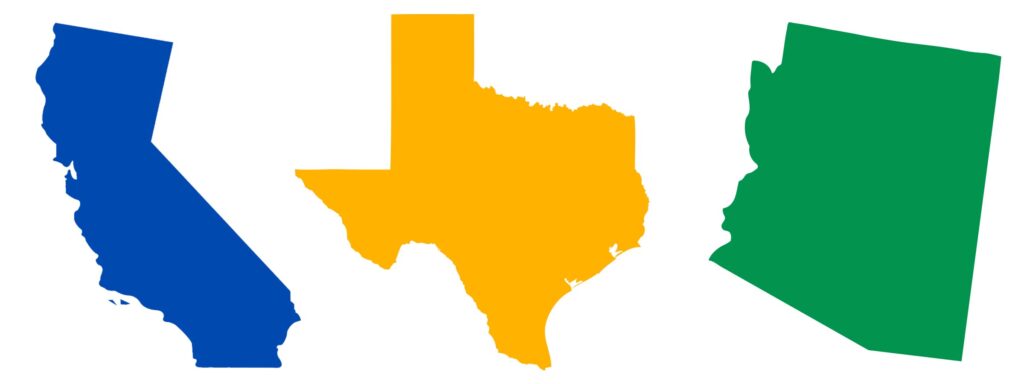No. 1 Driest State
with the No. 1 Fastest Population Growth
and the No. 1 Fastest Loss of Habitat & Farmland
By a 3-1 majority, Nevada likely voters indicated that they place a high ethical value on protecting cropland for agricultural use and from urban development, in a poll conducted in conjunction with this report.
Surveys routinely find that Nevadans highly prize their state’s natural environment. Our poll found that Nevadans by a 69%-to-18% margin support the federal “30×30” goal of protecting 30 percent of America’s land and waters from development by the year 2030. That’s an ambitious goal made more difficult if Nevada’s rapid loss of habitat continues.
Much is at stake. For example, despite being a mostly arid and semi-arid state, Nevada has significant responsibility in the global battle against extinction as the home of 67 aquatic species found nowhere else in the world. Nevada also has more endangered fish than any other state.
The Desert Tortoise — the official State Reptile — is under federal protection as a Threatened Species. Weighing 8-15 pounds and capable of living 50-80 years, its survival is uncertain because of habitat degradation and loss.
In any state, rural land is lost to development in order to handle two types of growth that expand (1) the average amount of developed land for each resident (called “per capita land consumption”) and (2) the number of residents.
Calculations of federal population and land use data in this study found that 83% of habitat/farmland loss was related to Nevada’s rapid population growth, while 17% was related to growth in per capita land consumption in some of the counties.
GROWTH IN PER CAPITA LAND CONSUMPTION: This type of growth takes into account the dozens of factors that affect how much land is developed on average for each resident to meet residential, commercial, employment, cultural, transportation and other needs in each county.
In 1982, that amounted to almost a quarter acre of development (0.244 acre) for each Nevada resident. But while per capita land consumption grew by 13.8% in the United States, it DECREASED in the sum of Nevada’s 17 counties to 0.183 acre in 2017.
The average Nevadan in 2017 was requiring 25% LESS developed land than in 1982. However, per capita consumption went up in 10 of the smaller counties, accounting for 17% responsibility for all Nevada sprawl in our calculations. (See methodology.)
NEVADA’S POPULATION GROWTH WAS 237% over the 35-year period. That was nearly twice as high as the second fastest-growing state and about six times higher than the U.S. population growth of 40%.
The population growth causing most of the lost habitat and farmland has little to do with recent decisions of Nevadans about family size. Their Total Fertility Rate (TFR) of births per woman has been below the “replacement level” of 2.1 since 2009, and was 1.56 in 2022.
Decisions by Congress and other federal officials about immigration loom as the biggest single factor in the nation’s current population growth, accounting for nearly 90%. National population growth trends have a direct and indirect effect on Nevada.
Federal data show that about 39% of Nevada’s population growth from 1982 to 2017 was a direct result of post-1982 foreign immigration into the state.
More than 800,000 residents in 2017 were either (1) foreign-born residents who moved to Nevada from abroad or other states after 1982, or (2) were children and grandchildren of post-1982 arrivals; none of that part of the population would be in the state except for federal immigration policies.
(The “foreign-born” category includes residents who are legal immigrants, illegal border crossers and visa overstayers, and temporary workers, students, asylum applicants, and longer-term tourists.)
The biggest contributor to Nevada’s rapid population growth is the migration of native-born and foreign-born residents from other states, particularly ones with higher direct immigration, population growth, congestion, and cost of living — states like:

Californians are the No. 1 source of arrivals (38%) from other states as they leave their coastal home in even larger numbers than the hundreds of thousands of foreign immigrants who continue to settle there.
Four out of five Nevada voters are very concerned (48%) or somewhat concerned (33%) about the government being able to ensure adequate water supplies for a continually expanding population. Most don’t want to divert scarce water from aquifers and rivers for future additional human population growth. But what will be the choice if that population growth occurs?